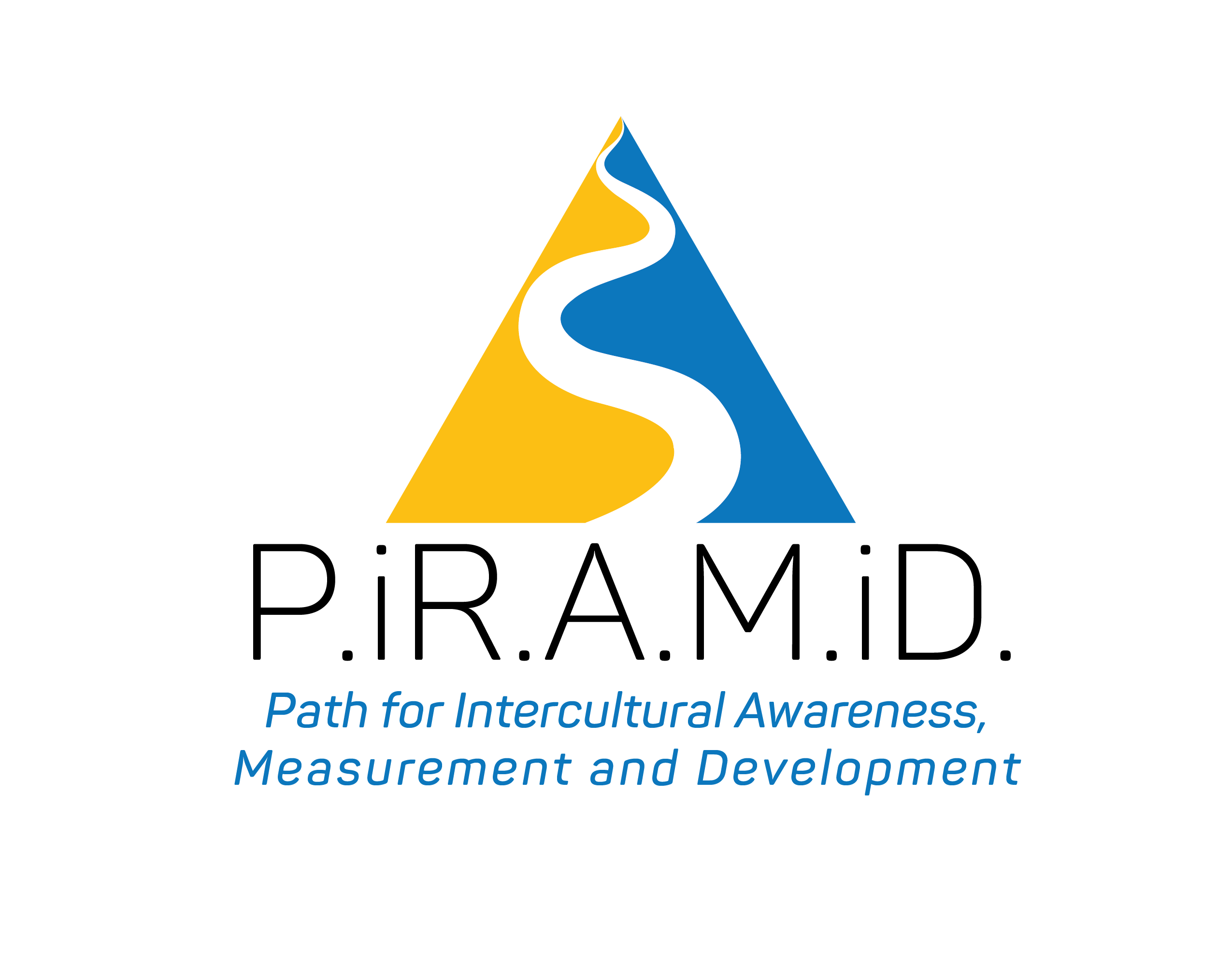This website use cookies to ensure you get the best experience on our website

P.IR.A.M.iD
2023-1-ES01-KA220-VET-000157060
Intercultural communication: decoding hidden messages
07 April 2025

As international teams become the norm, understanding the cultural codes that influence communication is a strategic necessity. A simple message in one culture may be interpreted entirely differently in another. That’s why Richard D. Lewis, in When Cultures Collide, dedicates special attention to the differences between direct and indirect communication styles.
Understanding communication styles: direct vs. indirect
Lewis outlines three major cultural types, each strongly shaping how people communicate. The linear-active cultures (e.g., Germany, the U.S., the U.K.) value clarity, structure, and objectivity. Messages should be explicit, leaving no room for ambiguity, while interruptions aren’t seen as rude if they express interest.
Multi-active cultures (e.g., Brazil, Mexico, Spain) prefer emotional, expressive communication. Messages can be indirect, with tone, energy, and subtext playing key roles, while interruptions are frequent and mutual. Lewis precisely captures these contrasting patterns: “In linear-active and multi-active cultures, the communication mode is a dialogue. One interrupts the other’s monologue with frequent comments, even questions, which signify polite interest in what is being said. As soon as one person stops speaking, the other takes up his or her turn immediately, since the Westerner has an extremely weak tolerance for silence”.
Reactive cultures (e.g., Japan, China, South Korea) emphasize listening, discretion, and harmony. People speak after careful observation, and silence is a meaningful part of the exchange. “In reactive cultures the preferred mode of communication is monologue pause reflection monologue. If possible, one lets the other side deliver its monologue first. People belonging to reactive cultures not only tolerate silences well but regard them as a very meaningful, almost refined, part of discourse”.
The approach highlights a frequently overlooked point in cross-cultural communication, ergo the role of silence. While an American or a French person might interpret a long pause as discomfort or hesitation, a Japanese counterpart may view it as a sign of thoughtfulness and respect. A German manager explaining a strategic plan to a Chinese team might feel frustrated by the lack of immediate feedback, unaware that the team is simply waiting for the appropriate moment to speak. A Brazilian colleague on a video call with a Finnish partner might jump in with lively comments and questions, thinking they’re energizing the conversation, while the Finnish partner sees it as disruptive or disrespectful.
Tips for navigating communication across cultures
In a globalized world, we must recognize that communication goes far beyond words; it includes pauses, tone, and context. Lewis’ framework reminds us that each culture has its own “invisible grammar.” To work effectively across borders, it’s not enough to speak a shared language; we must also learn to listen through cultural differences. Let’s enumerate some effective ways of navigation in the communication across cultures:
Be attentive to silence: In reactive cultures, silence is not the absence of communication it’s part of active listening.
Adjust your speaking pace: Don’t feel obligated to fill every silence; observe whether your counterpart is preparing to speak.
Understand cultural coding: What may seem "vague" or "too blunt" isn’t wrong, it’s just another norm.
Ask open-ended questions: This gives others space to respond in a way that aligns with their cultural rhythm.
Resources:
When Cultures Collide. Leading across cultures (Third edition). Richard D. Lewis. Printed in Finland by Bookwell, 2006, 1999, 1996.

This project has been funded with support from the European Commission.
This publication reflects the views only of the authors, and the Commission cannot be held responsible for any use which may be made of the information contained therein.
